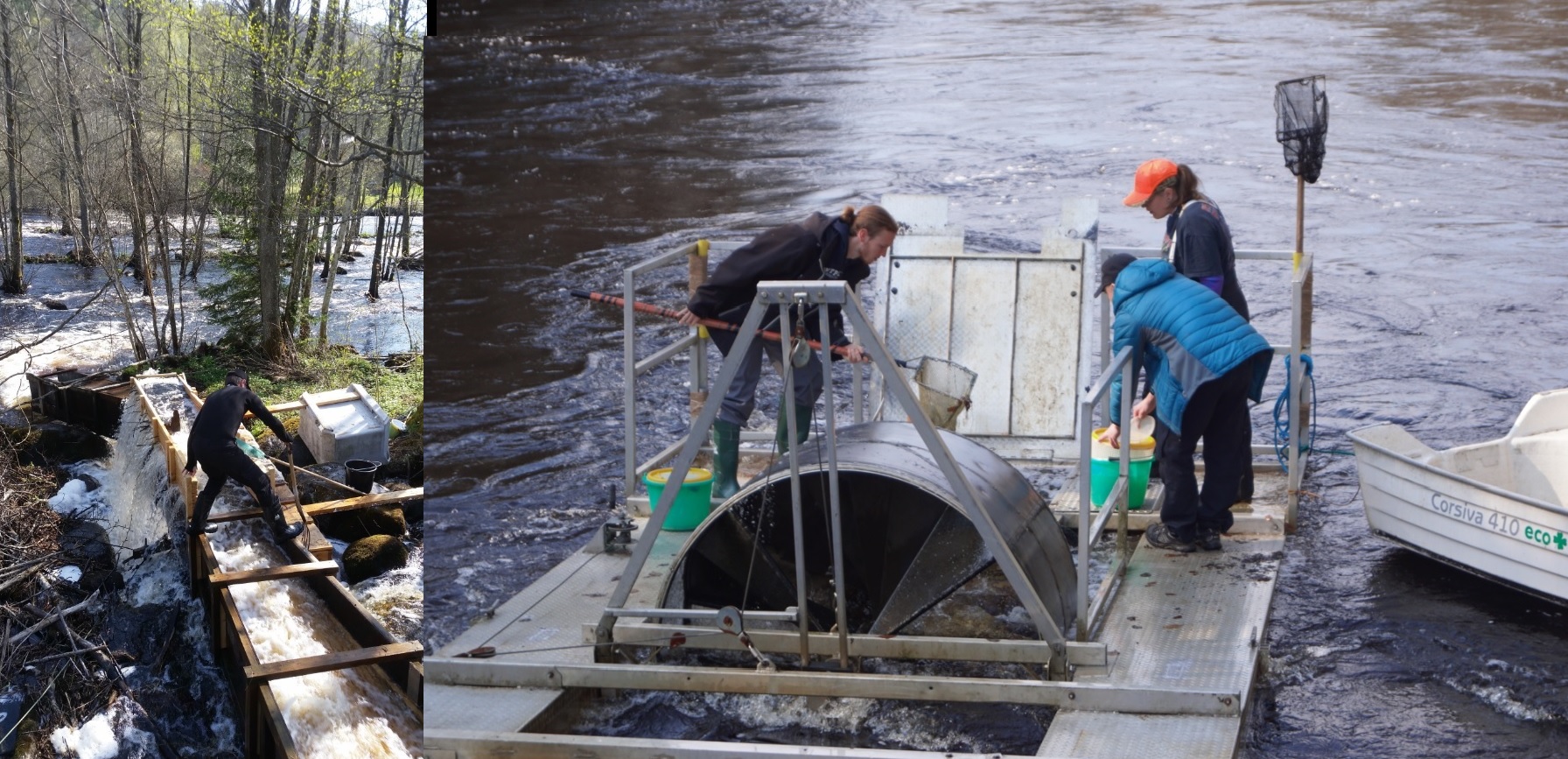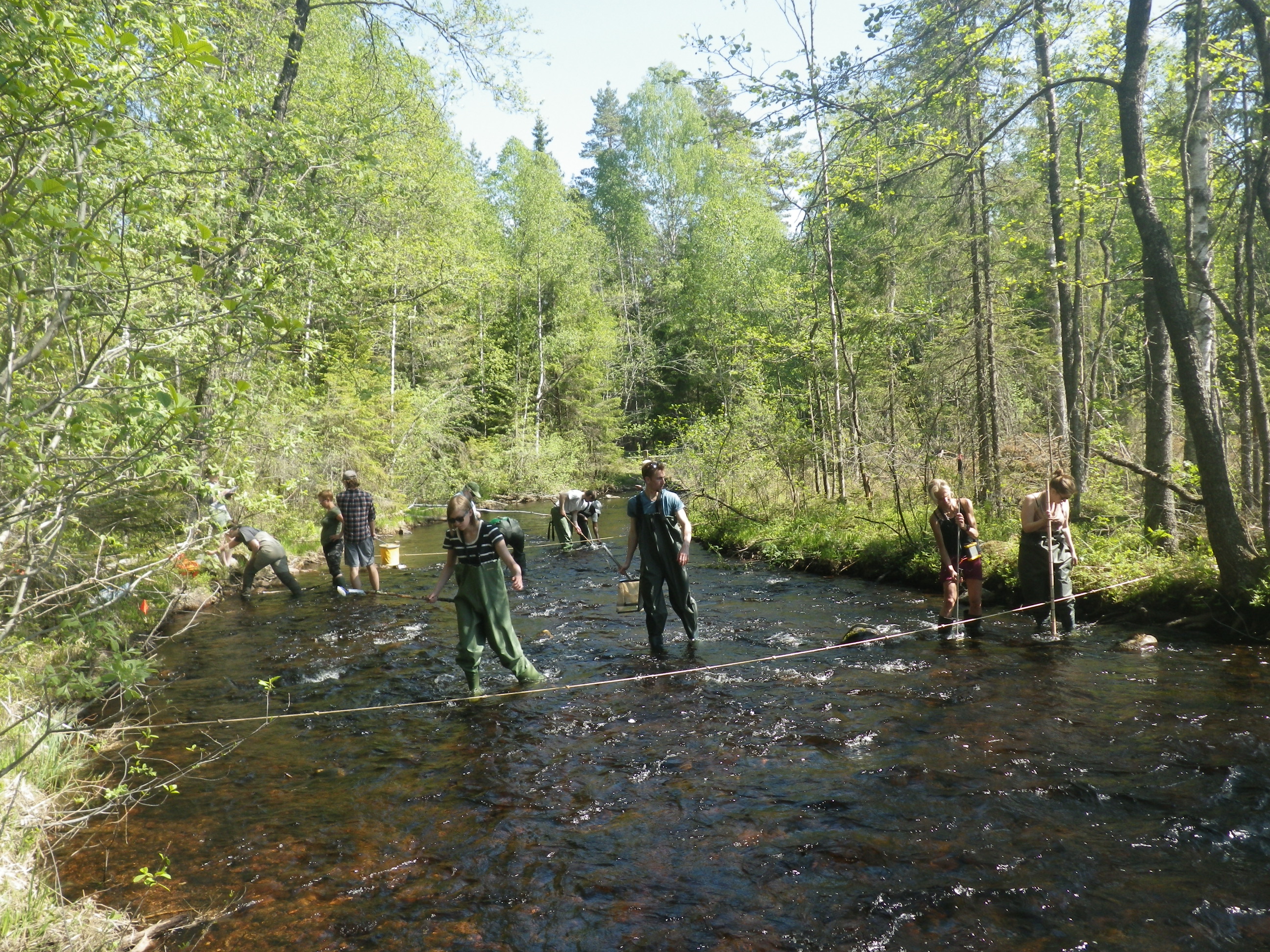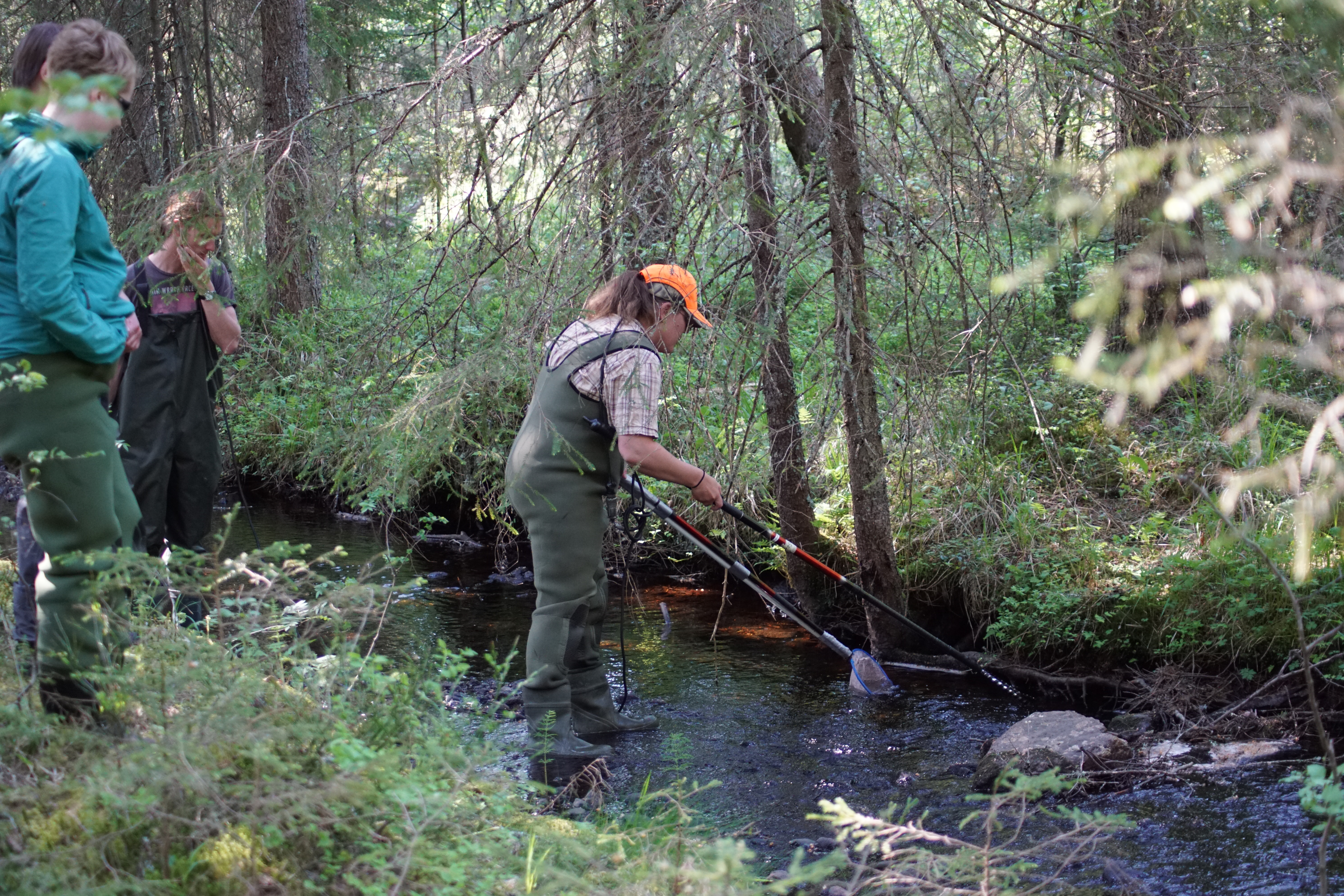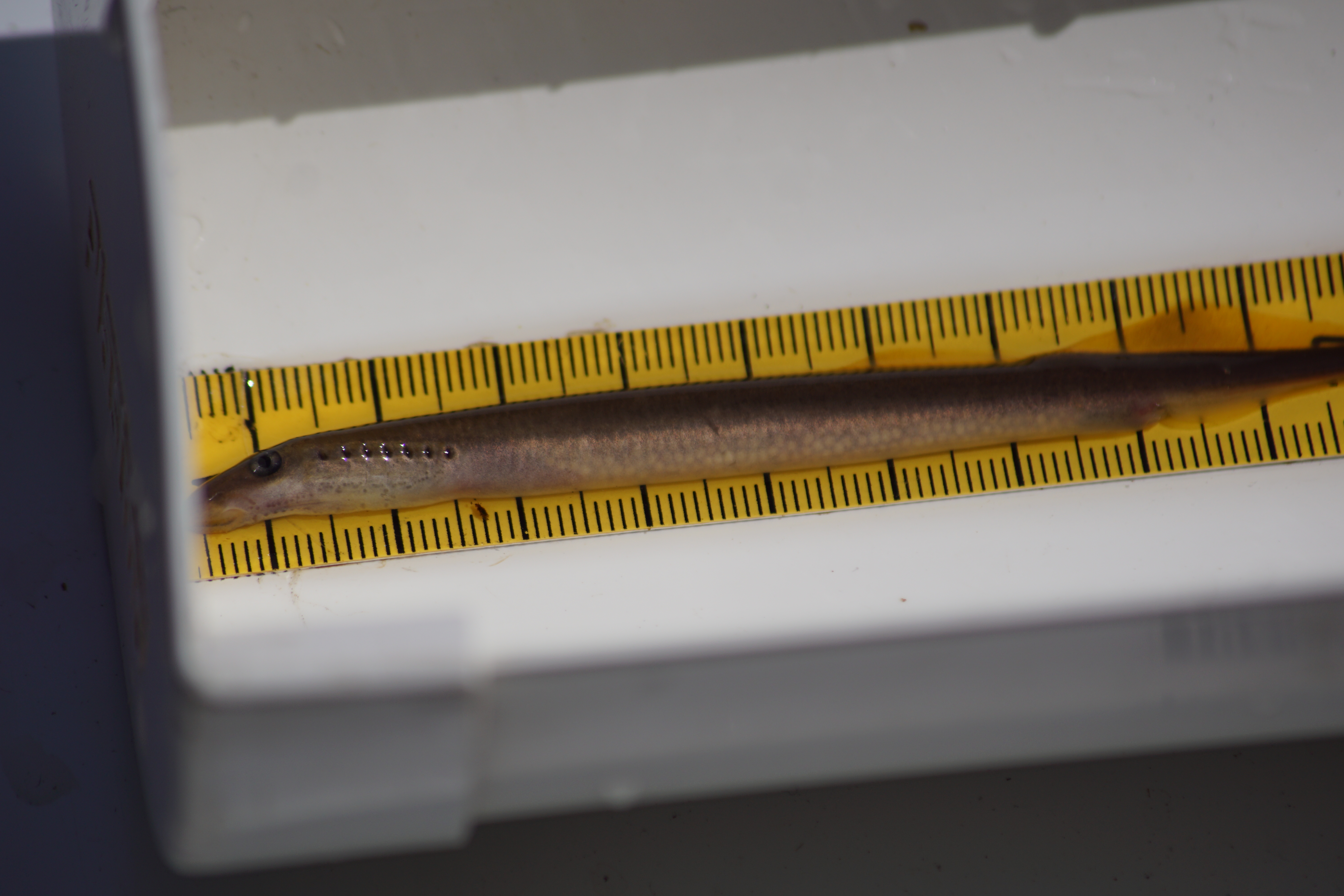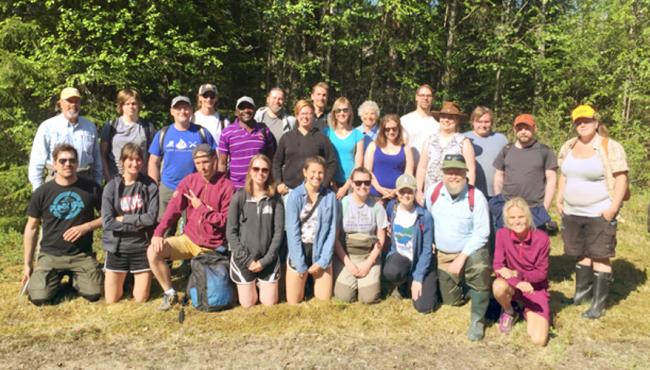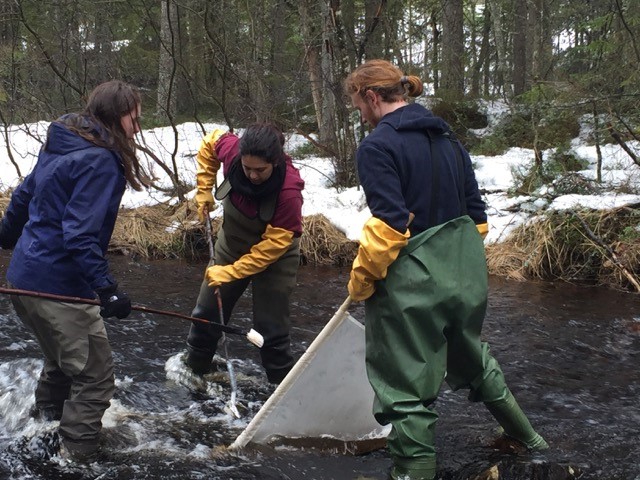Mördarsniglars rörelsemönster i Karlstad
Posted by Karl Filipsson | Naturresurs rinnande vatten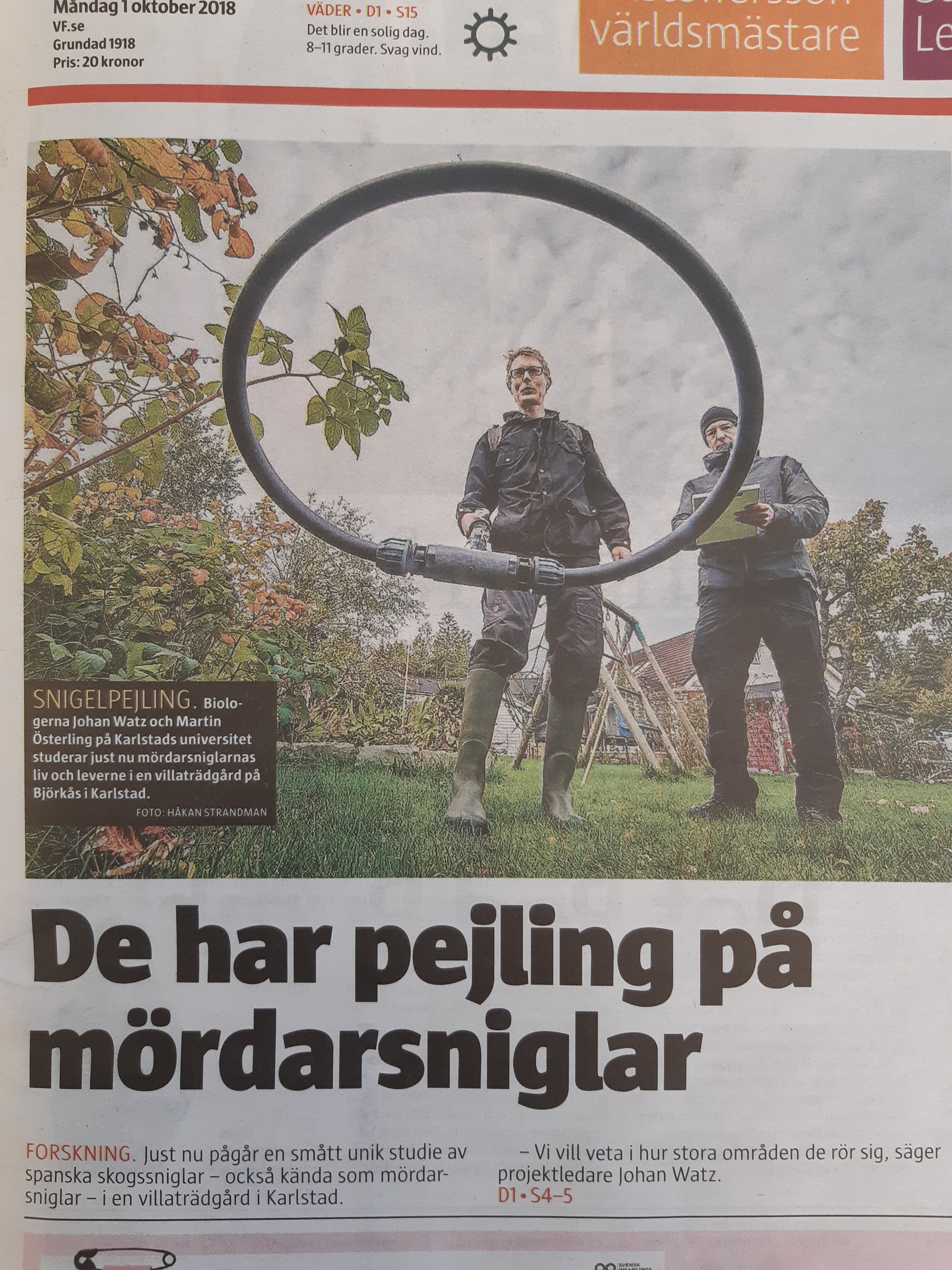 Forskare i NRRV har under hösten påbörjat ett projekt inom ett för forskargruppen helt nytt ämnesområde. Det handlar om rörelsemönster hos den spanska skogssnigeln, även kallad mördarsnigel. Mördarsnigeln är en ovälkommen gäst i mångas trädgårdar, där den kan orsaka stor skada genom att äta rent i odlingar och blomsterrabatter. Det är en främmande art i Sverige, som mest troligt har kommit hit när ägg följt med plantor, jord, krukor och annan trädgårdsutrustning.
Forskare i NRRV har under hösten påbörjat ett projekt inom ett för forskargruppen helt nytt ämnesområde. Det handlar om rörelsemönster hos den spanska skogssnigeln, även kallad mördarsnigel. Mördarsnigeln är en ovälkommen gäst i mångas trädgårdar, där den kan orsaka stor skada genom att äta rent i odlingar och blomsterrabatter. Det är en främmande art i Sverige, som mest troligt har kommit hit när ägg följt med plantor, jord, krukor och annan trädgårdsutrustning.
Frågor om sniglarnas spridningsmönster och koloniseringsförmåga när de väl har kommit till ett område skulle kunna besvaras med hjälp av studien. Till en början diskuterades sniglarna under en fikarast på universitetet, sedan följde att Johan Watz (projektledare) med flera på Karlstads universitet sökte och fick pengar av Kungliga Skogs- och Lantbruksakademien för att genomföra studien.
Nu har ca 50 mördarsniglar i en trädgård i Karlstad märkts med små chip (så kallade pit-tags, samma typ av märkning som används i forskningen om fisk), så att sniglarna kan pejlas och deras rörelsemönster och levnadsvanor studeras.
Tidningen Värmlands folkblad (VF) skrev om projektet måndag 1 oktober, som på flera platser i Karlstad tog plats på löpsedlarna.
Även SVT uppmärksammade studien 3 oktober, och reportaget når du genom att trycka här.



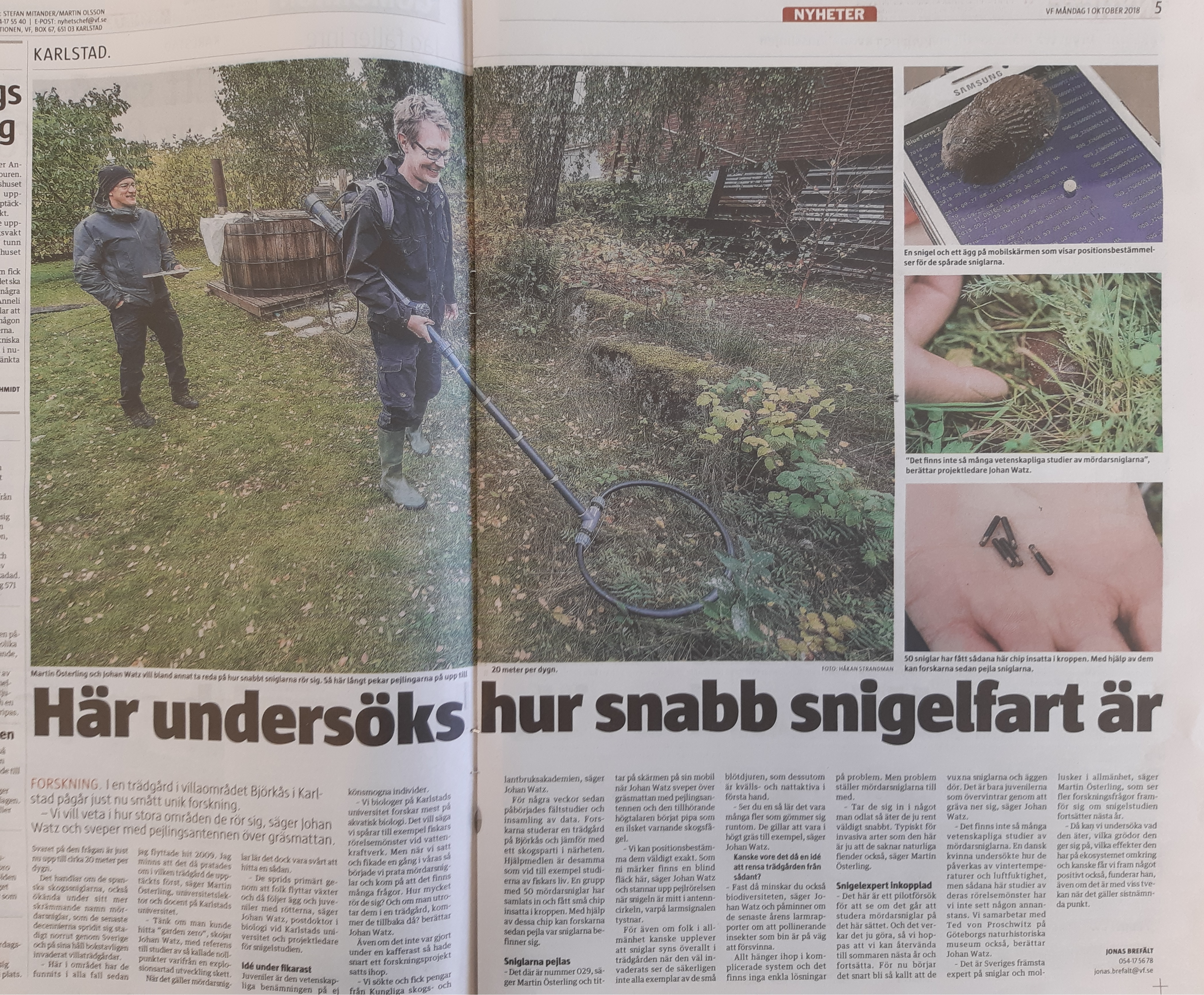
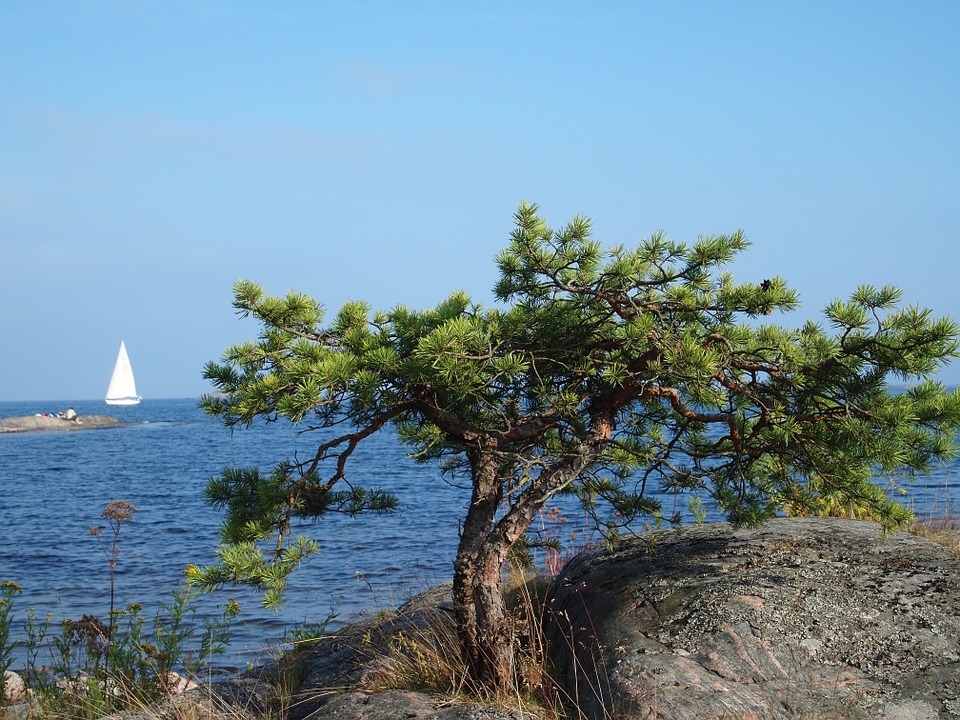
 On Tuesday 11 September (tomorrow)
On Tuesday 11 September (tomorrow) 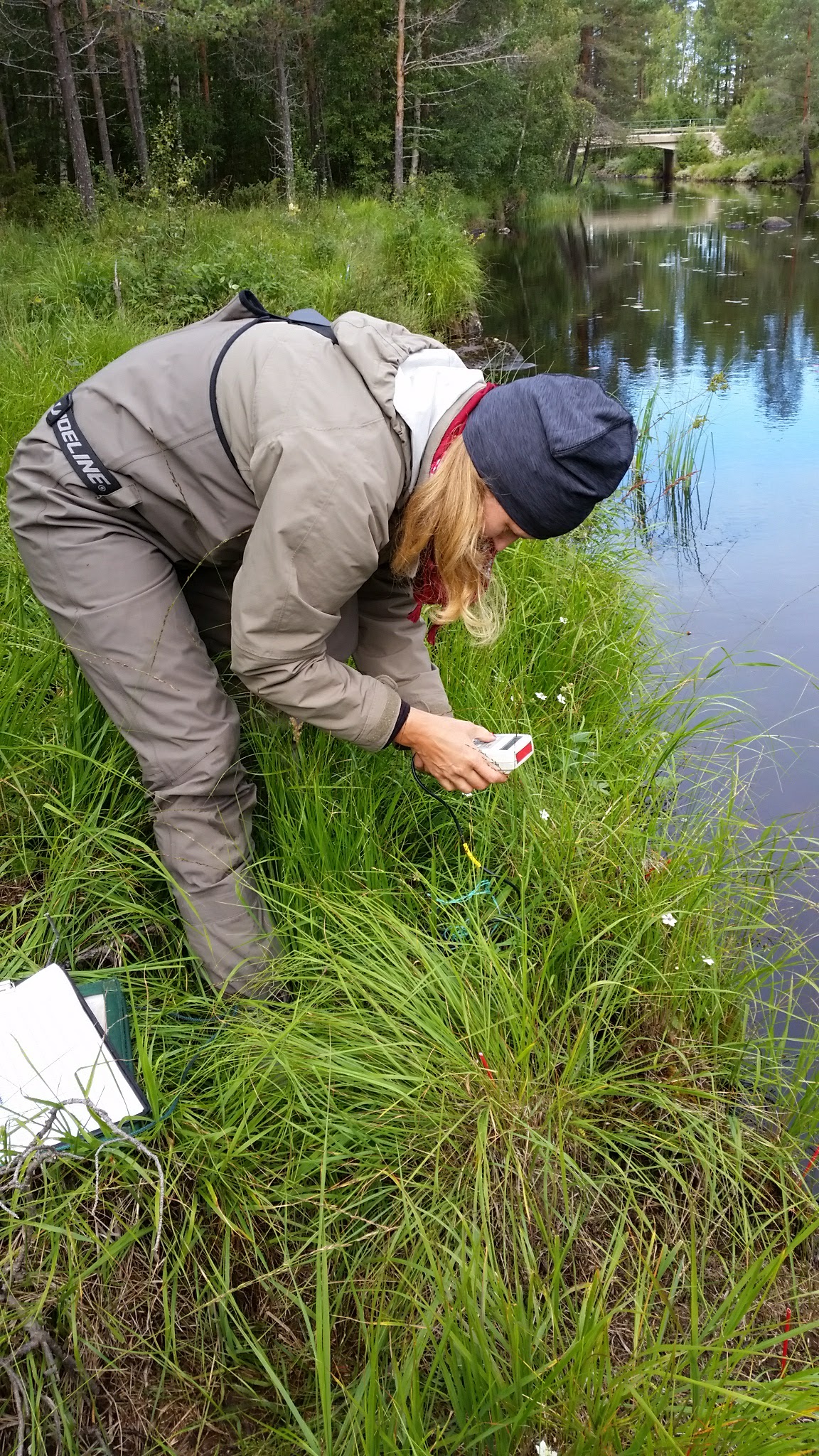 Lovisa Lind recently started her position as Associate Professor in landscape ecology at Karlstad University and the NRRV research group. Here she presents her scientific background and research interests:
Lovisa Lind recently started her position as Associate Professor in landscape ecology at Karlstad University and the NRRV research group. Here she presents her scientific background and research interests: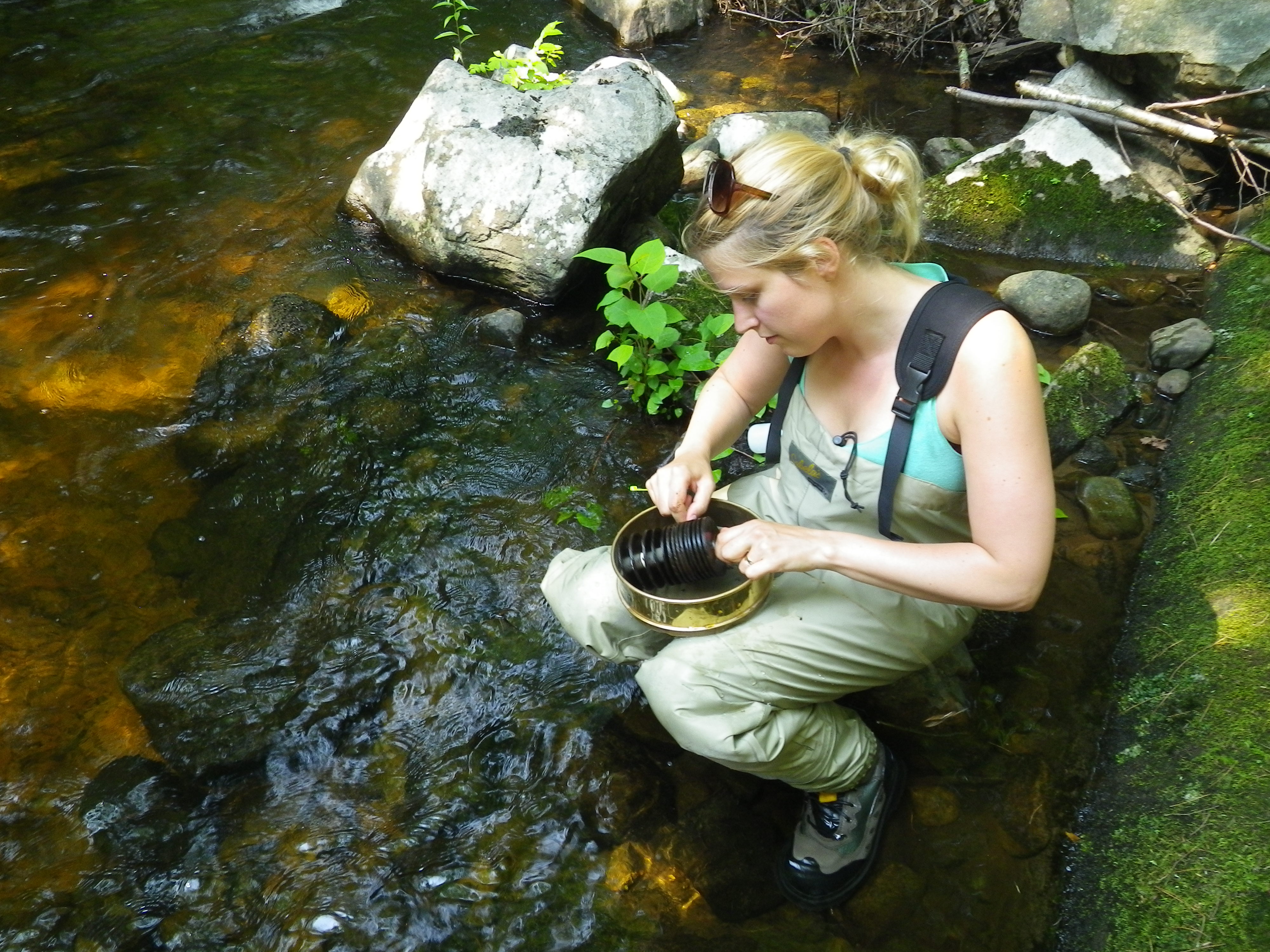
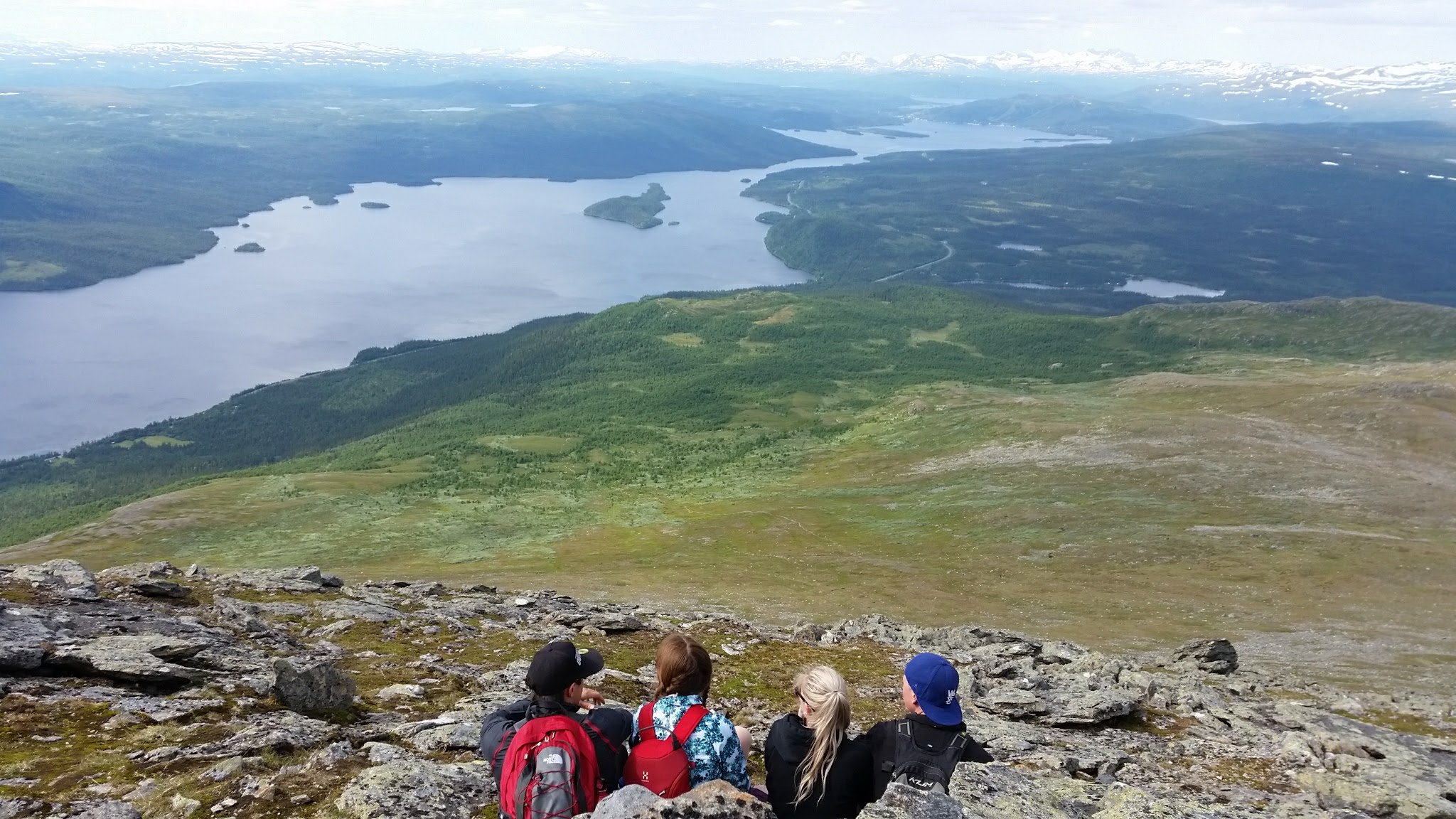
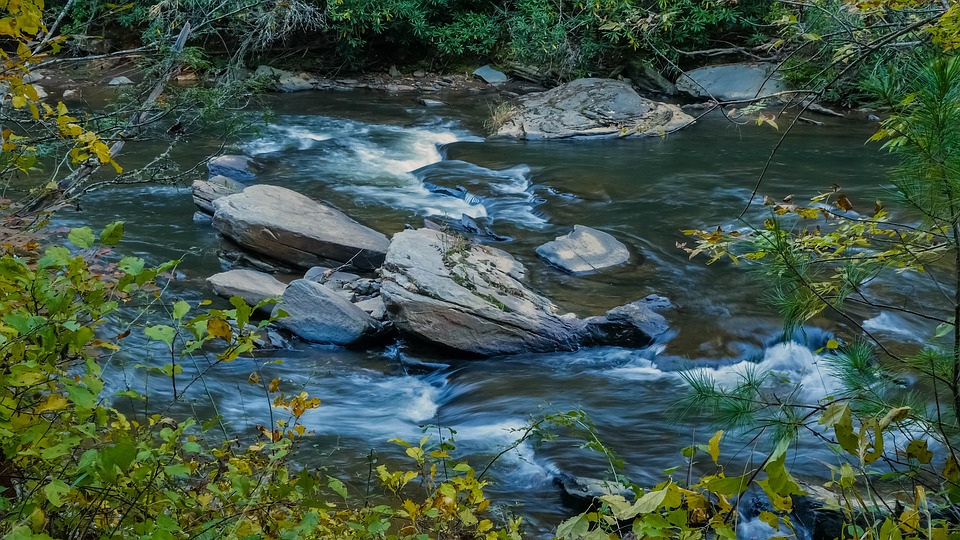 On Thursday 23 August Steve Railsback from Humboldt State University, California USA, will give a seminar at Karlstad University titled: “Can Big Complex Models be Useful? Lessons from 20 Years of Salmonid Modeling for River Management”.
On Thursday 23 August Steve Railsback from Humboldt State University, California USA, will give a seminar at Karlstad University titled: “Can Big Complex Models be Useful? Lessons from 20 Years of Salmonid Modeling for River Management”.
